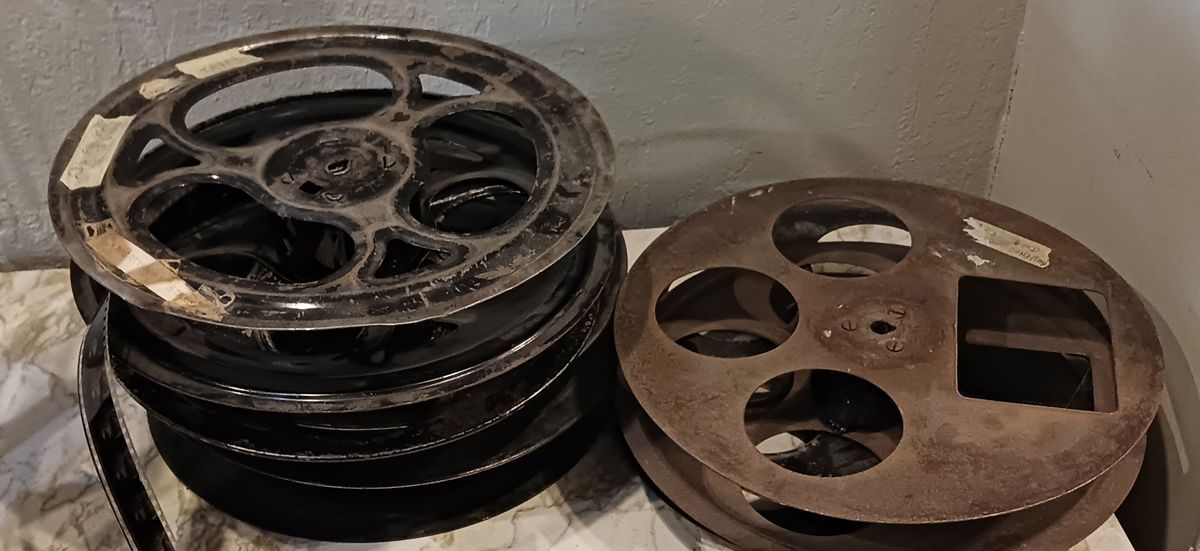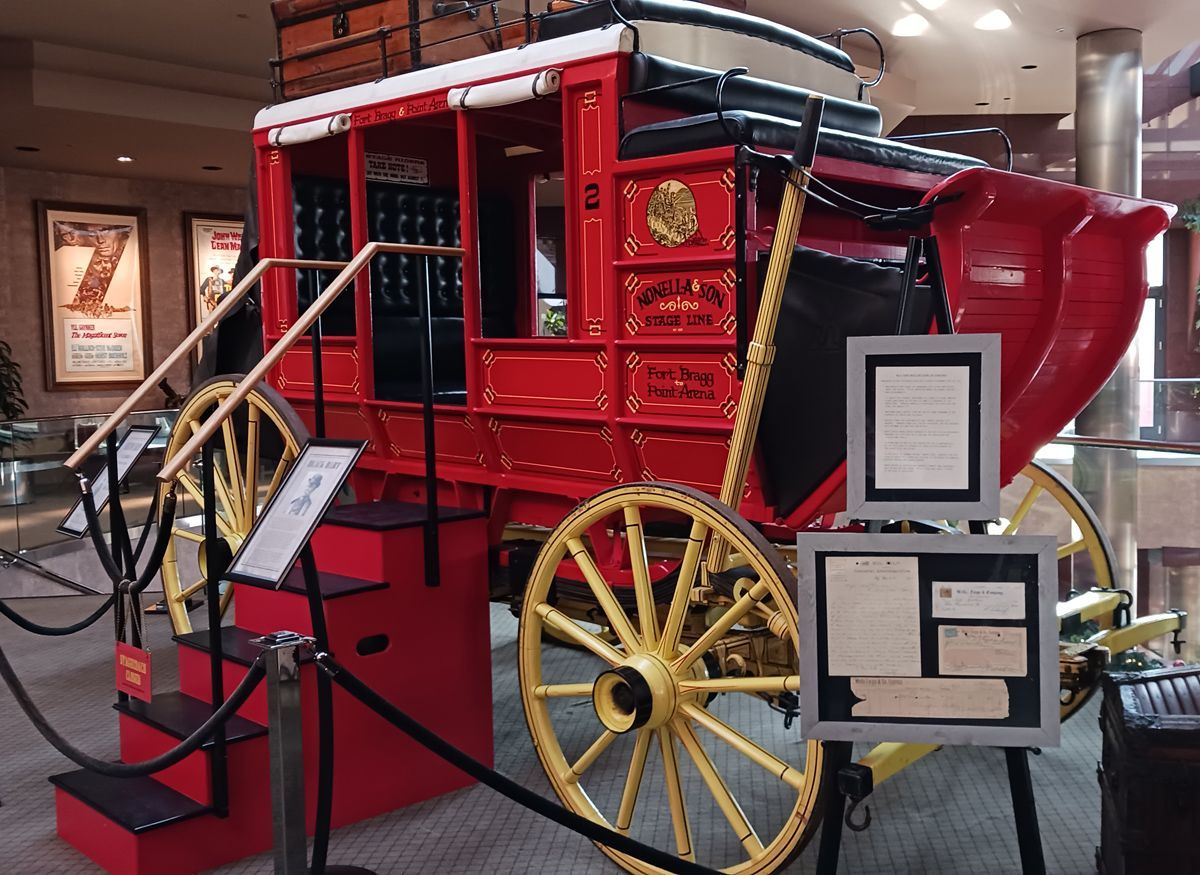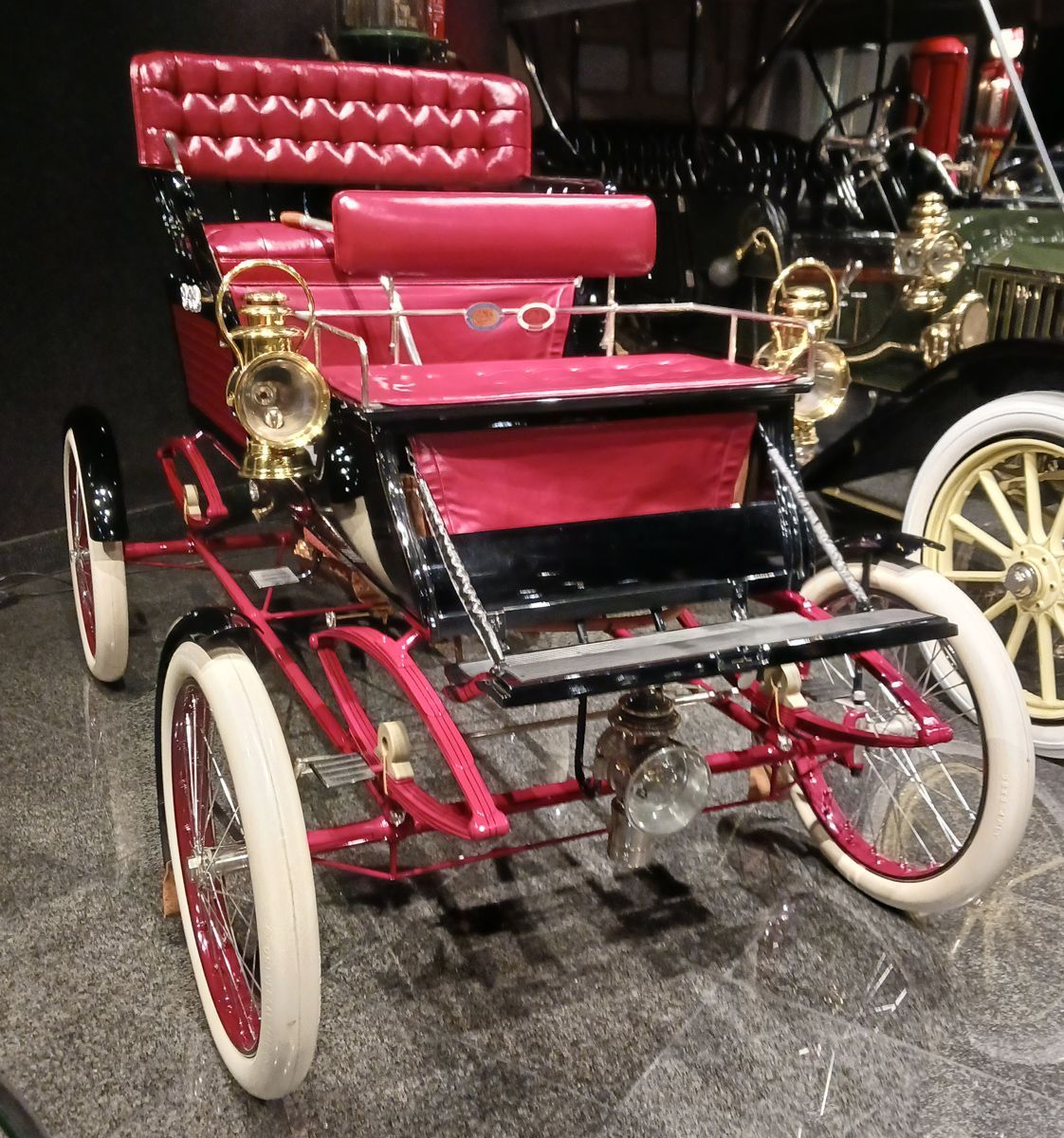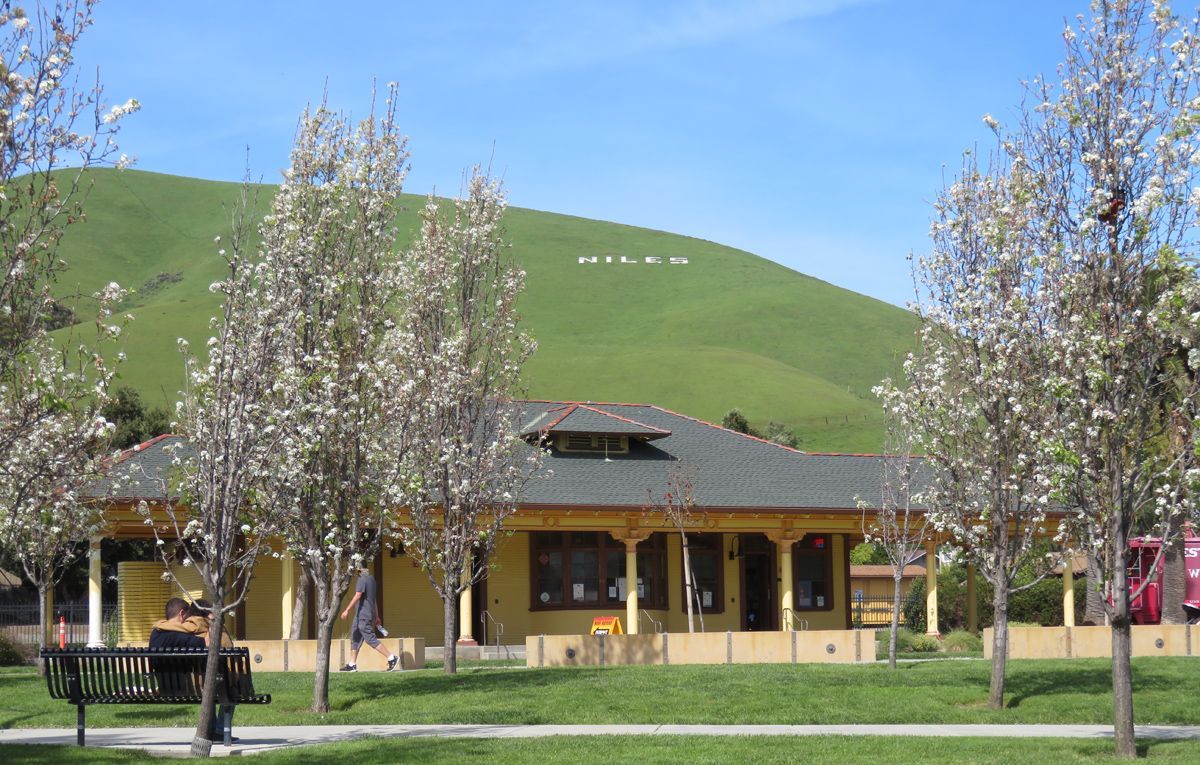4 Ways to Research & Bring Your Stories to Life

I’ve been working on plotting a historical fiction novel for about a year now. My challenge is to recreate an accurate setting, including location detail, period-correct technology, and believable interpersonal and social scenarios for my characters. While my characters can be based on real people or invented ones, they must be governed by the “rules” of the historical setting.
My story takes place in 1913 Niles, California (now part of Fremont, CA) when silent films were made there, especially Wild West westerns. Real cowboys mixed with theatrical stage-trained performers to act in the start-up film industry. Many actors left Oakland and San Francisco playhouses and boarded the train en route to the quiet agricultural town. What they might have had access to in the city might not be available in the small town—think indoor plumbing and electric wiring. Automobiles and moving pictures themselves were all new to the characters inhabiting my novel.
As the author, my job is to bring to life my characters’ experience for 21st-century readers. But how can I do this since I wasn’t around a hundred years ago? The answer is through research.
I’ve always envisioned myself poring over stacks of books in a library and doing research for my writing. This project ticks that box, but I’ve found other more tangible and immersive ways to discover what life was like back then.
Library System
Yes, my research journey did start with the library. From the comfort of my home computer, I searched the San Mateo County Libraries’ online catalog. I have access to books anywhere in the county, even libraries throughout California and beyond, delivered to my local branch for pick up. Perusing books about the silent film industry, the key players—filmmakers, producers, and actors—and how silent films arrived in Niles, I pieced together the stage for my novel’s setting.

Museums
Describing particular objects from the era and learning how they were used is essential to my story. There are some fantastic local museums where I took lots of photos of exhibits displaying the exact items I needed to see. Of course, the Niles Essanay Silent Film Museum, housed in an old movie theater in Niles, was where I started. There are examples of early film cameras, clunky projection equipment, actual Essanay movie props, and colorful illustrated movie posters. I learned about the studio’s history, actors and crew and walked the block where the studio once stood.
I’ve recently checked out several other museums, where each helped inform my understanding of the early 1900s. The Museum of American Heritage in Palo Alto has recreated the interior of a general store with an array of brands and goods that would have been available to purchase at the time. I saw some of the technology and gadgets in an early 20th-century kitchen, and the museum’s garage houses a 1915 Ford Model T Touring car.
The classic car collection at Danville’s Blackhawk Museum had several gleaming examples of cars dating back to the early 1900s and a comprehensive exhibition, The Spirit of the Old West. Seeing a Concord stagecoach, clothing cowboys wore, and vintage horse riding gear up close will help me build realistic characters.

Digital Archives
When it’s time to go from generalities to specifics for building a plot and bringing characters to life, the incredible Internet Archive’s preservation of cultural periodicals of the time is gold. The 1912 Sears Roebuck and Co catalog shows exactly what people wore and the products and equipment they used. The Niles Essanay studio films and stars were featured in The Motion Picture Story Magazine’s August 1912 through Jan 1913 issues, all discoverable on the Internet Archive. And a librarian at the San Mateo Public Library helped me find a specific archived 1958 Oakland Tribune interview with an actress and scriptwriter who greatly contributed to the Niles studio on the newspapers.com site.

Hang Out on Location
To get into the creative frame of mind, visiting historic Niles Boulevard sparks my imagination. Many of the early 1900s buildings are being used as shops and restaurants. The yellow train depot framed against the grassy rolling hills—sometimes green, sometimes brown—still dotted with mooing cows is largely unchanged over the hundred-year expanse. Getting back to where the idea for my novel started offers inspiration to continue my storytelling journey.
